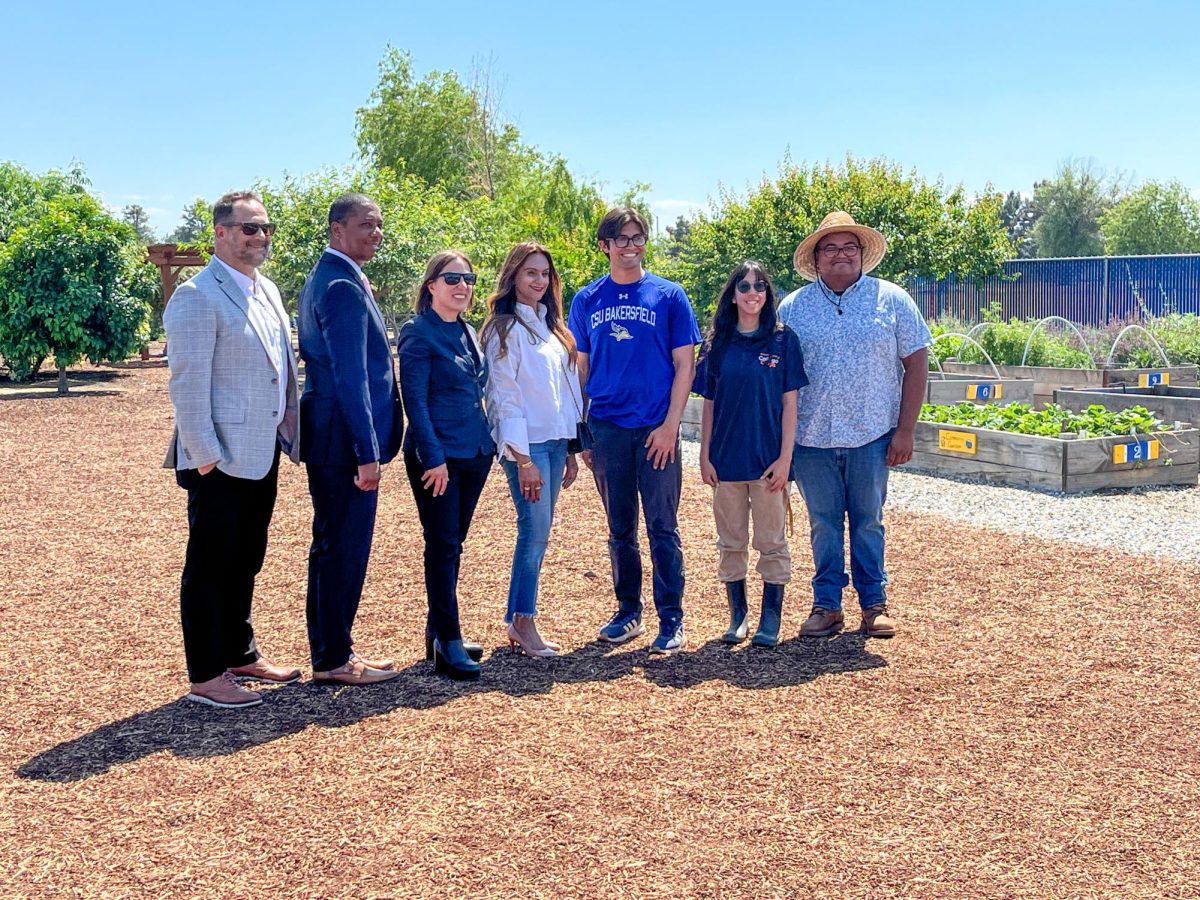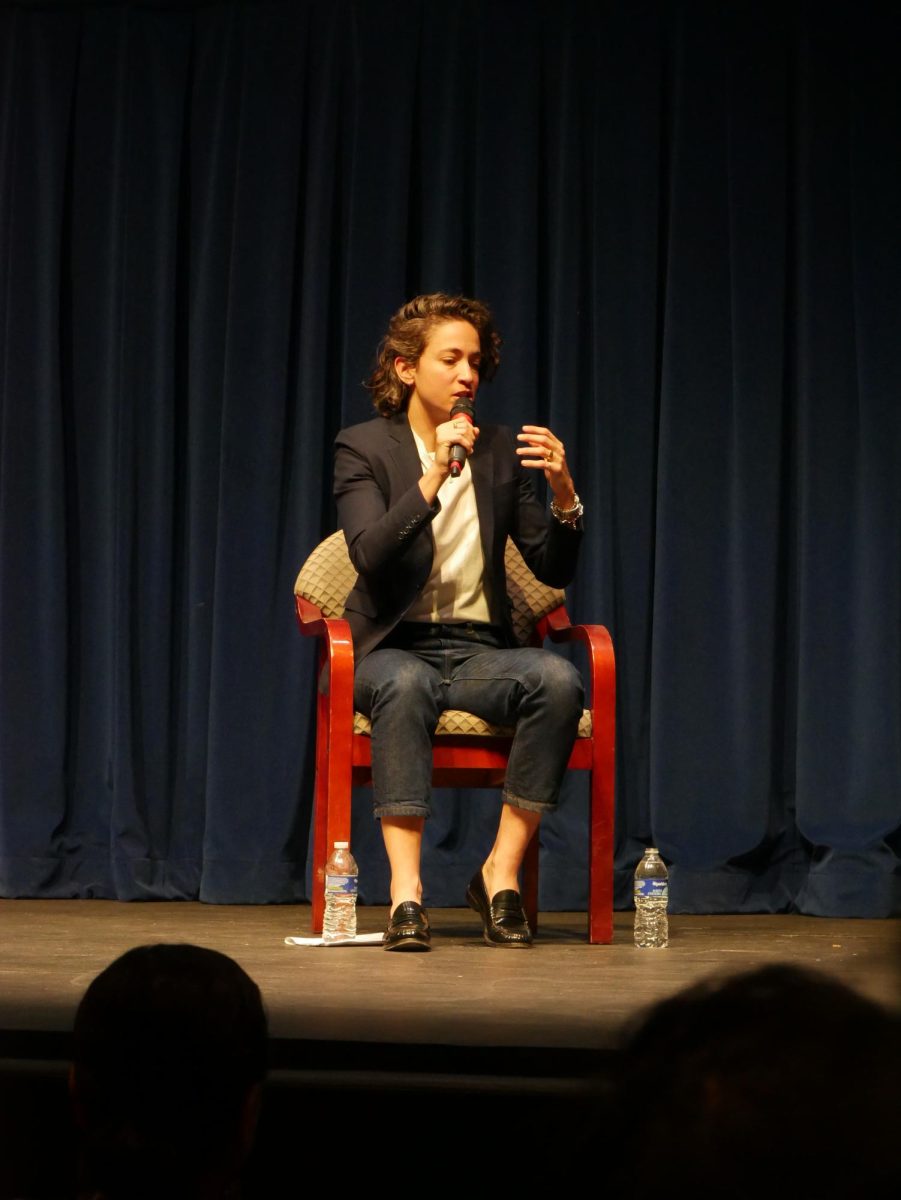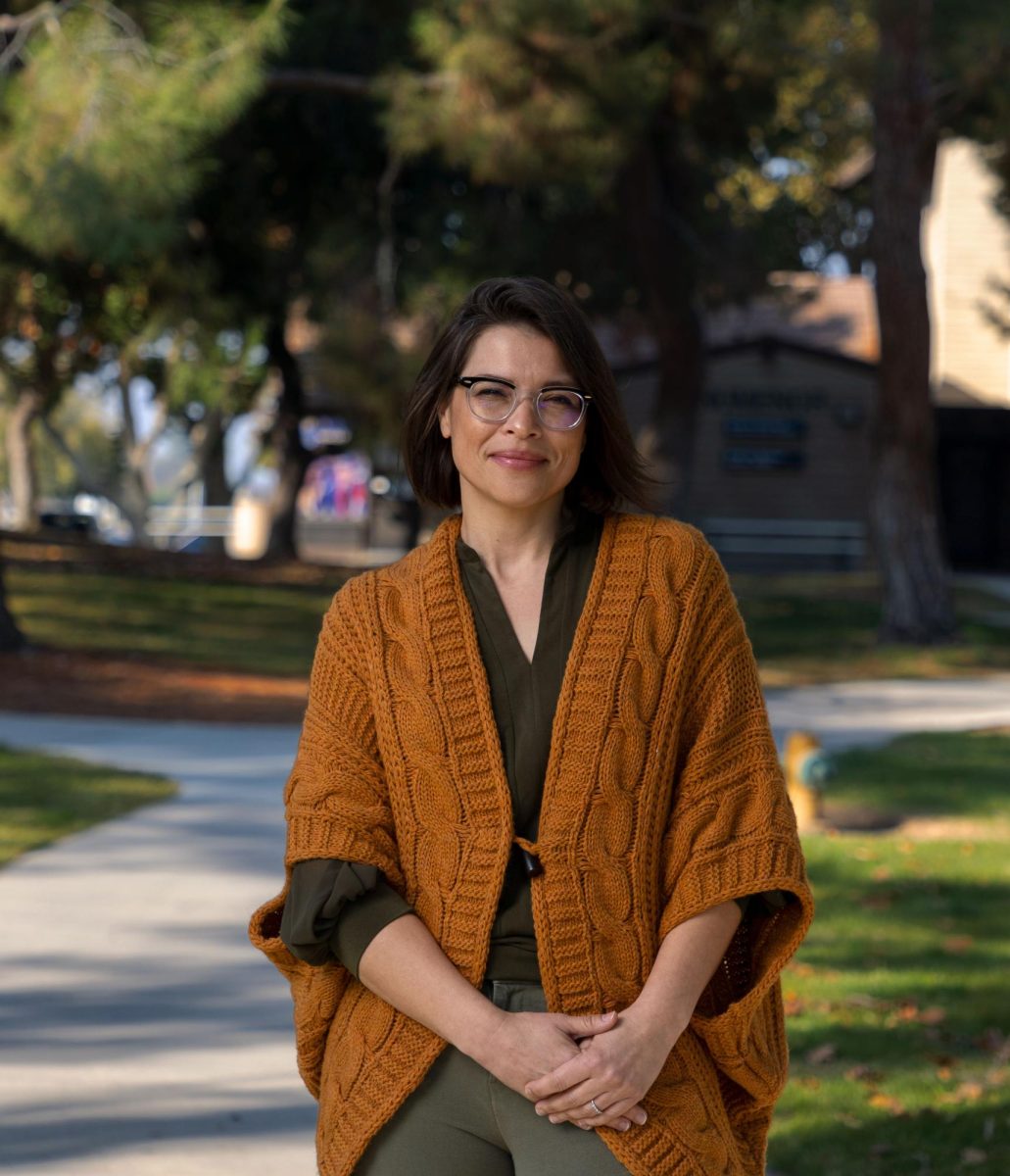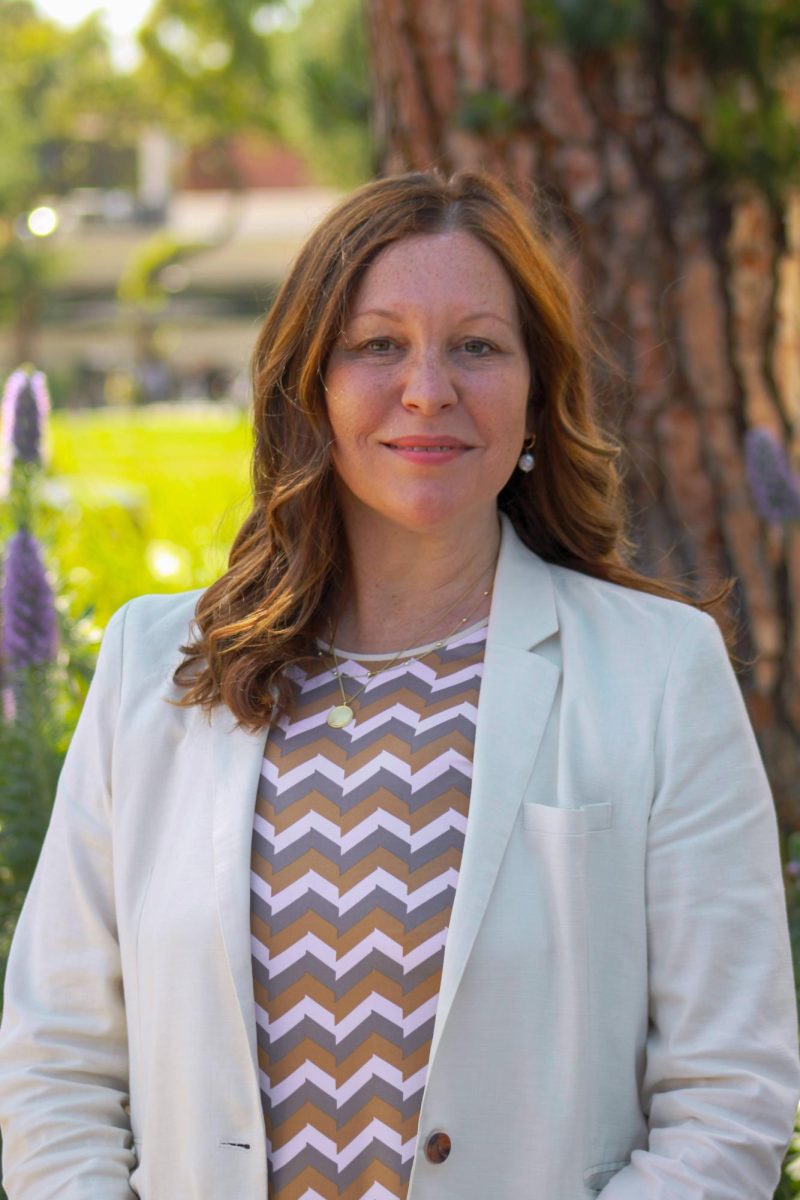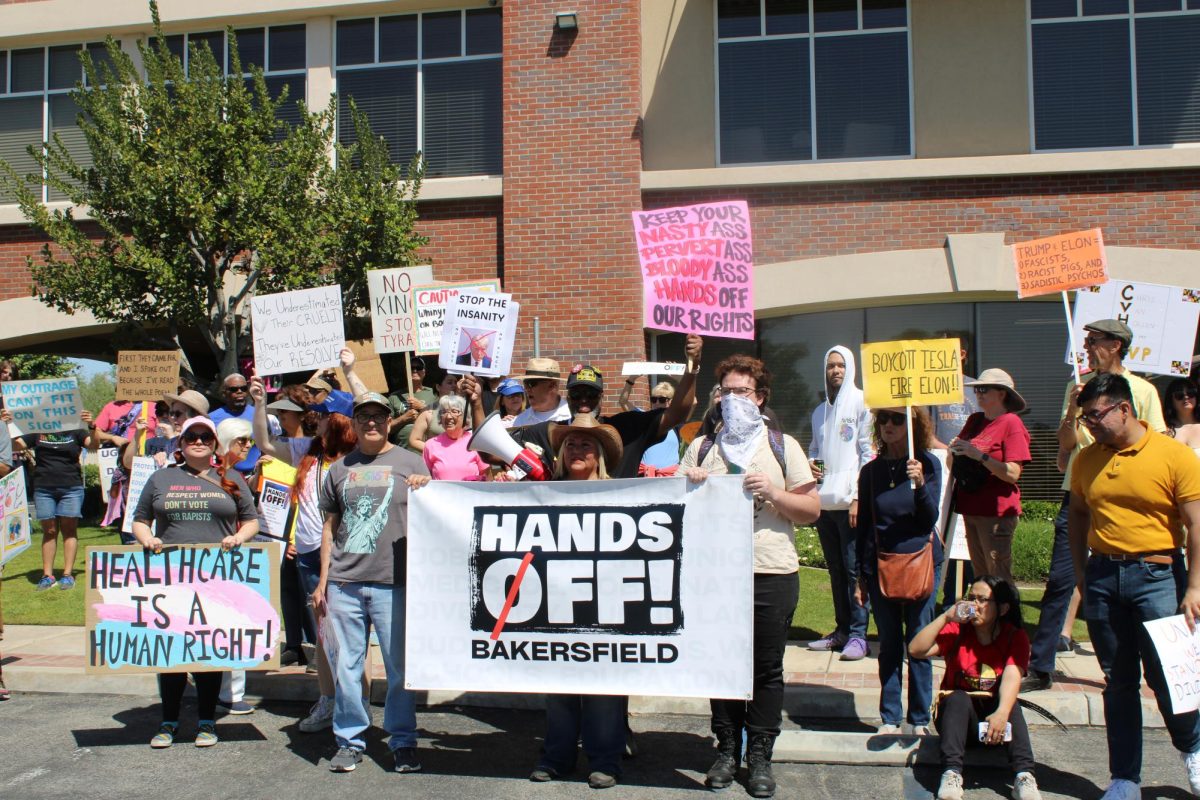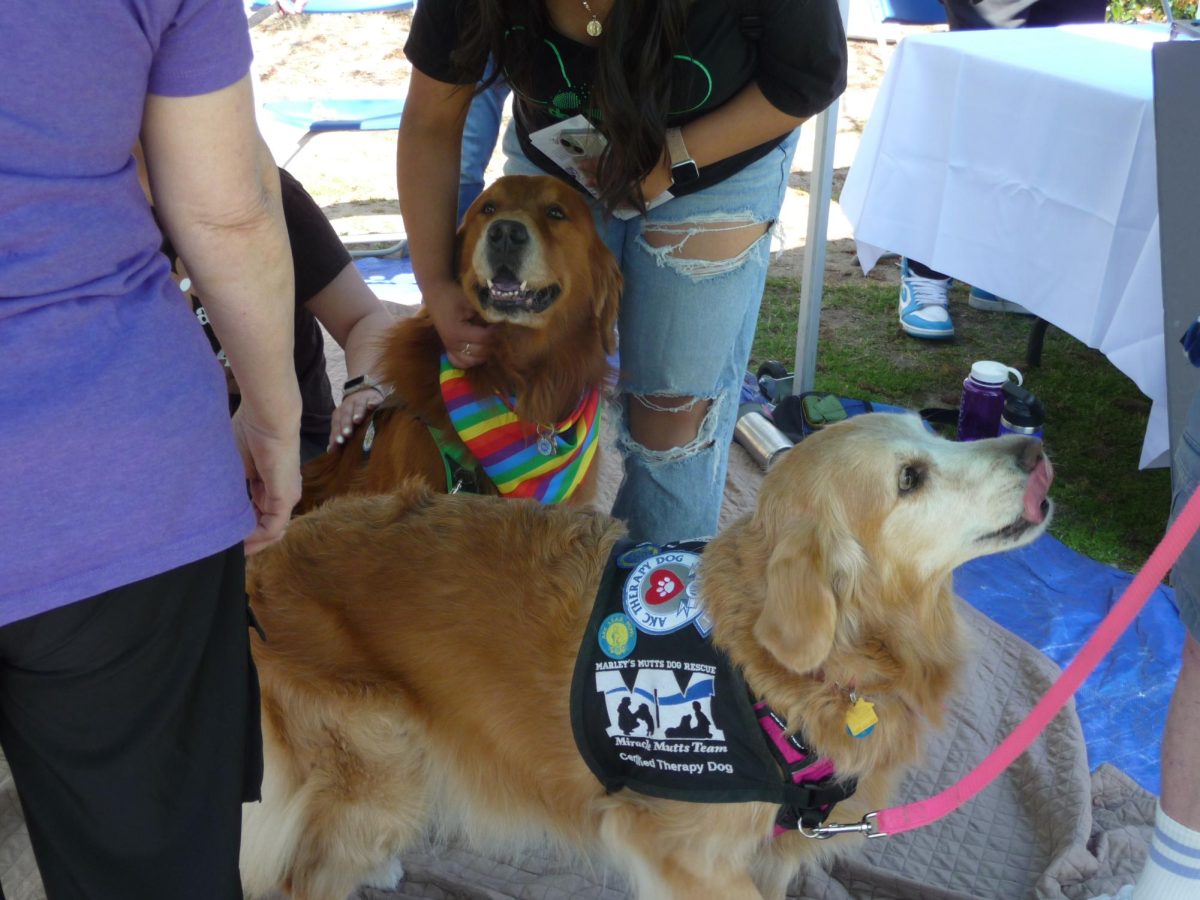Jacquie Russo
Staff Writer
For years, California State University, Bakersfield has hosted a series of lectures on linguistics that focus primarily on California-based speech patterns. The lecture covered the differences and similarities of language, as well as gender and age, found primarily in Bakersfield,Merced, and Redding.
The series continued on Oct. 30 with Dr. Robert Podesva’s lecture, “The Other California English: Sociolinguistic Variation in the Central Valley.” Podesva, an assistant professor at Stanford University’s Department of Linguistics, conducts research on segmental phonetics, prosody, and voice quality. Segmental phonetics is the discrete part of a word that can be noticed either physically or by hearing it and prosody is the emotion of the person talking.
Linguistic patterns in larger cities such as Los Angeles and San Francisco are frequently studied. For that reason, Podesva’s collaborative research project, Voices of California, focuses on places outside heavily populated cities.
When observing the distinctions between vowels, such as the characteristics between “pin” and “pen,” Podesva said, “In most parts of the South the two vowels are not distinct (whereas in) most parts of the North they are distinct. In California we get a mixed bag.”
Southern roots of speech can be traced to California in large part due to the 1930s Dust Bowl migration from states such as Oklahoma, Texas, Arkansas and Kansas.
“We can characterize the California vowel shift in terms of moving from these locations,” said Podesva.
Podesva also said that “we have this peculiar thing going on where the back vowels are fronting the California English, the California vowel shift, but they are also fronting in the Southern vowel shift.” A back vowel, according to Wikipedia.org, is when “the tongue is as far back as possible without creating a constriction that would be classified as a consonant”.
One example of how Bakersfield, Merced and Redding residents differ is how they refer to highways. For example, Bakersfield interviewees showed a mix between “Take the 101,” “Take Highway 101,” or, “Take 101,” whereas in Redding it was almost always, “Take Highway 101.”
Research was also conducted on how people fill verbal pauses with the use of “um” and “uh.” In keeping with most English-speaking areas worldwide, the three California cities studied showed that women favor “um.” However, as women age the use of “um” decreases greatly. The conclusion is that “um” is attributable to an age factor in women and not a change in the language.
The research done on Bakersfield residents further showed country music as being important. When asked about Bakersfield, interviewees spoke about the South, Oklahoma, and Texas as well as the local Basque community and oil. Conversely, people in Merced spoke about more on agriculture and people in Redding spoke more on water.
Jacob T. Valenzuela, who hopes to someday attend CSUB, said as a former Northern Californian resident, he could relate to Podesva’s findings. Valenzuela cited friends as an example who might say, “I went out last night,” verses others saying, “I gone out last night.” The coordinator for these events, English professor Dr. Sophia A. Adjaye, said she tries to find California speakers from outside the local area to enhance student education and understanding of linguistics. These lectures are made possible by donations from the Warren family, and sponsored by the Department of English and Sigma Tau Delta, the International English Honor Society.


